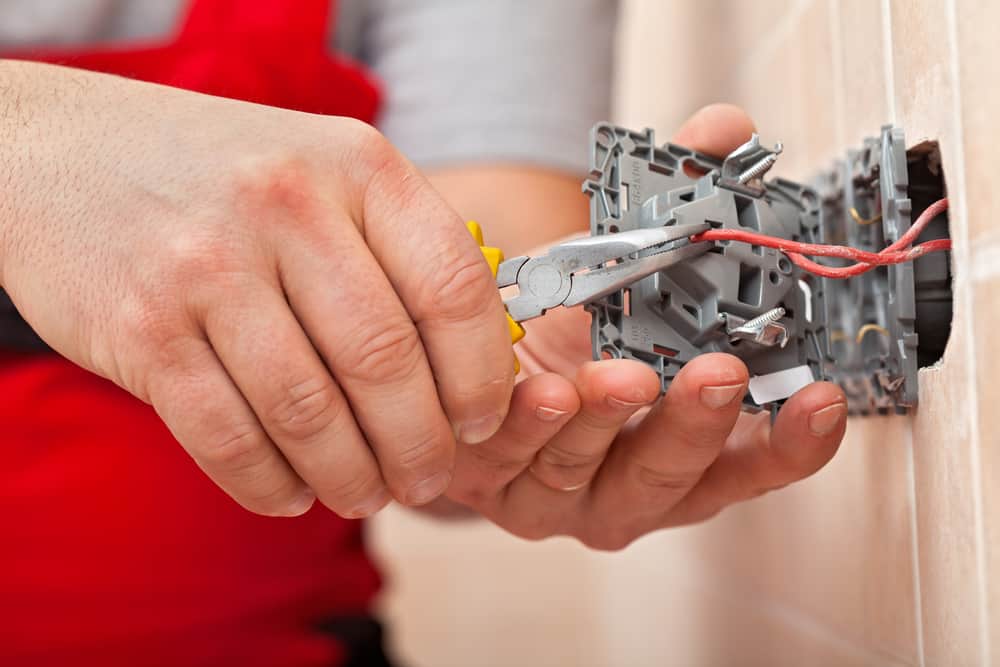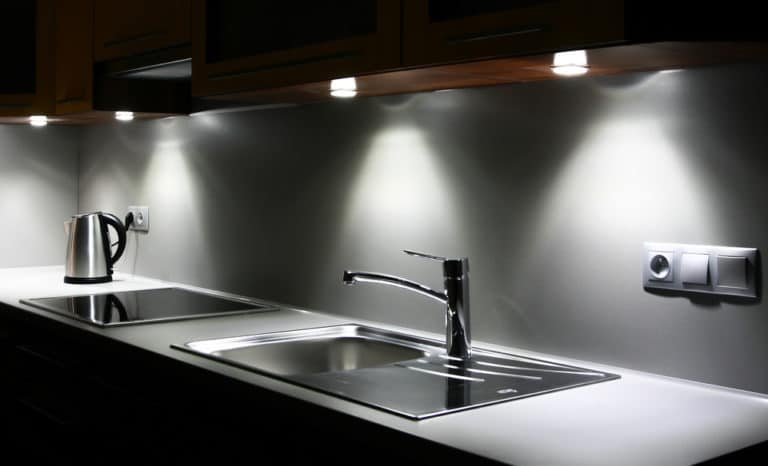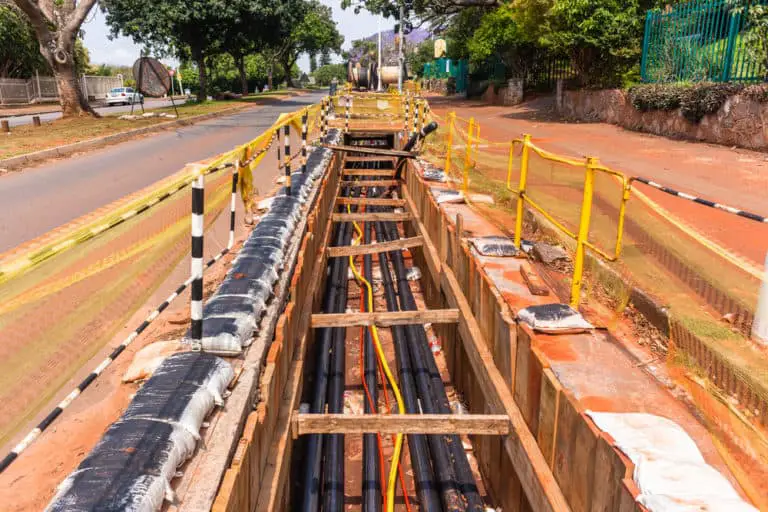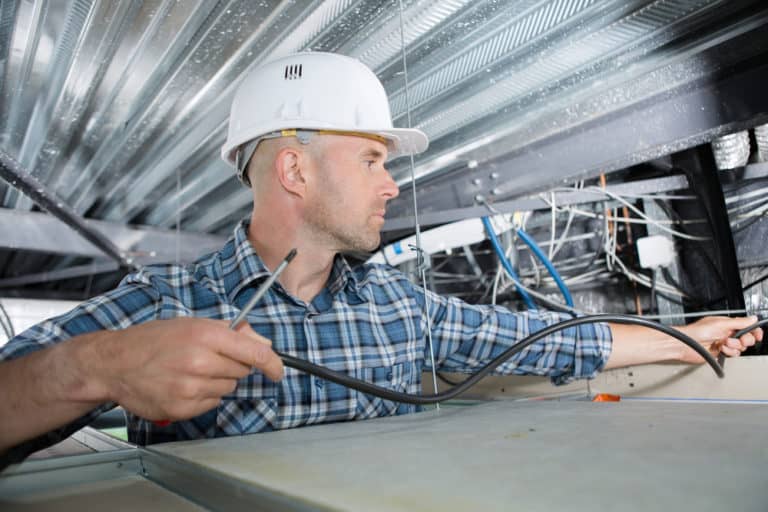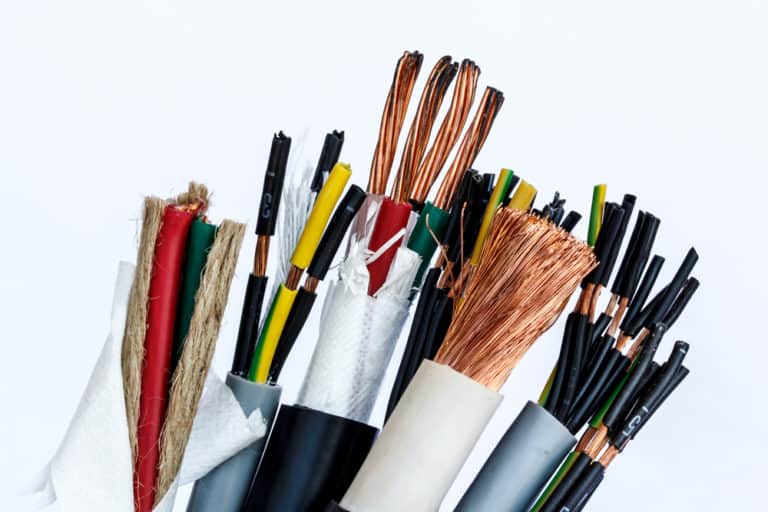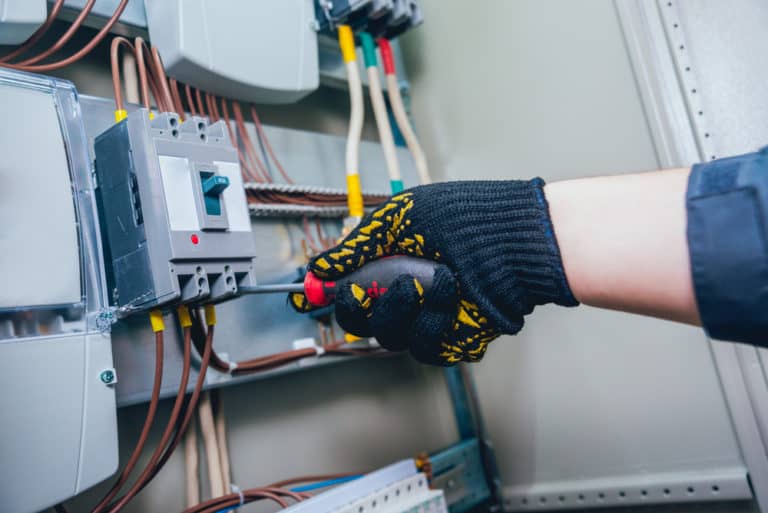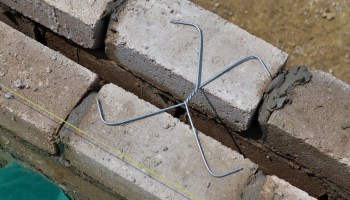Can Outdoor Wire Be Used Indoors?
A common question that our readers ask is if you can use an appliance or a fixture that’s made for outdoor usage and repurpose it for indoor use. Wires tend to be a hot topic because we need electricity to do anything in our day and age. The question now is if you can use some of this excess outdoor wire for your indoor electrical needs to reduce costs.
You can use outdoor wire for indoor electrical wiring needs. The main difference between outdoor wire and indoor wire is in their durability and how they’re installed. An outdoor wire is designed to handle the elements (such as rain, sunshine, snow, etc.) and the temperature fluctuations from the outdoors.
With that said, it’s good to know the specifics of how outdoor wiring is different from indoor wiring so that you can determine the best places to install it in your home. When it comes to wiring, each space inside your home will have different codes attached to them that you should know as well.
The difference between outdoor wire and indoor wire
The main difference between an outdoor wire and an indoor wire is in its durability. The added durability for outdoor wire comes from its thicker insulative sleeve and the material that your wire sleeve is made out of. It’s made this way to endure harsher environments while still safely delivering electricity around your home.
On the other hand, indoor wires tend to be thinner insulative sleeves since there is less space to work with. Interior walls are significantly thinner unless they’re load-bearing than exterior walls, so these wires are designed to fit into a smaller space.
Standards for Outdoor Wiring
With that, we want to tackle the specifics for outdoor wiring to give you a better idea of the benefits they can provide. Here is a table showcasing the main properties of outdoor wiring that make them much more durable than indoor wiring.
| Outdoor Wiring | |
| Underground Feeder Cables(UF) | When discussing outdoor wiring, UF cables are typically what is being referred to. UF cables are meant to be buried underground to protect your wires from storms and changing outdoor conditions to comply and use a wiring sleeve made of heavy-duty plastic. Additionally, each wire inside this cable also has its sheathing. This prevents moisture from building up inside the cable. |
| Underground Service Entrance(USE) | The USE wires are what bring power to your home. Homeowners usually do not touch these wires. |
| Ground Fault Circuit Interrupter(GCFI) | Ground Fault Circuit Interrupter(GCFI) is needed to comply with current standards for any outdoor wiring system. Circuits are much more susceptible to damage tooutdoors, and GCFI acts as an additional safety measure. |
| Receptacles | In tandem with GCFI’s safety measures, outdoor receptacles need to be fitted with extra protection. If you live in a place that experiences a lot of rain or moisture, you’ll need to be extra attentive to being compliant for this measurement. |
| Ratings | Electrical appliances have ratings. For the outdoors, ratings will be based on what the wire can handle while still operating safely. This includes wet, damp, snow, sunlight, etc. You mustn’t skip around ratings just to save time, as using the wrong wire for this purpose will cause problems in the long run. |
These are the main things that you should know about outdoor wiring. Electricals, in general, have many technicalities, and not all of these may apply, considering that each house is built differently and experiences weather differently. The main takeaway from this section is that outdoor wiring requires more care and consideration when installing new circuits.
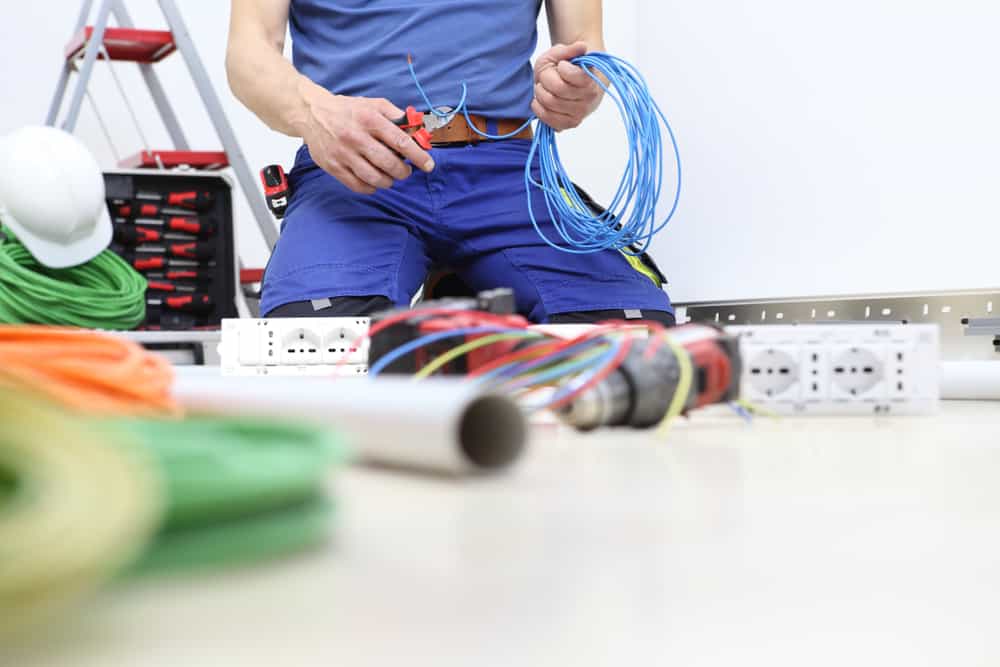
How To Use Outdoor Wiring for the Indoors
It’s not uncommon for the same wire to be connected from an outdoor to an indoor space. A light switch in your garage that turns on your outdoor garage is an example of this. Typically, in these situations, you’ll need to consider both indoor and outdoor codes that are relevant.
The best way to use your outdoor wiring for purely indoor purposes is by strategizing where you’ll install them. The best place will depend highly on what kind of weather you experience. Still, places such as basements, attics, and garages tend to experience most moisture and temperature changes.
An outdoor wire in this location can help save you from a lot of headaches if something goes wrong within your house. Whether that be a leaking roof, faulty insulation, or critters in your attic, outdoor wiring will hold up much better compared to regular indoor wiring in these situations.
Are there any differences when installing outdoor wires indoors?
If you plan on using outdoor wires indoors, you’ll need to follow the National Electrical Code’s standards for indoor wiring installations, usage, and maintenance. You need to know the requirements set for the individual rooms you plan on installing your wires. For example, certain kitchen appliances require dedicated circuits and outlets.
Aside from that, you’ll need to also make sure that you’re following the correct standards for wire installation. Many fires start because of electrical malfunctions, so if you’re not confident in your DIY skills, it’s best to hire an electrician to do the installation work for you.
For UF cables for indoor installation, you can proceed as usual. These cables were designed to be buried underground so they could handle any conditions that you put them through inside your home.
The convenient part of indoor wiring is that having a conduit, described as a protective “pipe” around wires, is not required unless the wires are exposed to damaging elements. This makes installing wires indoors much easier for homeowners as they don’t need to work with as many tools and require less technical knowledge on installing wires.
Conclusion
Outdoor wires can be used indoors and can even benefit your home if placed in the right areas. Outdoor wires are thicker and much more durable than thinner wires because they’re designed to withstand the outdoor elements while safely transmitting energy for your home.

